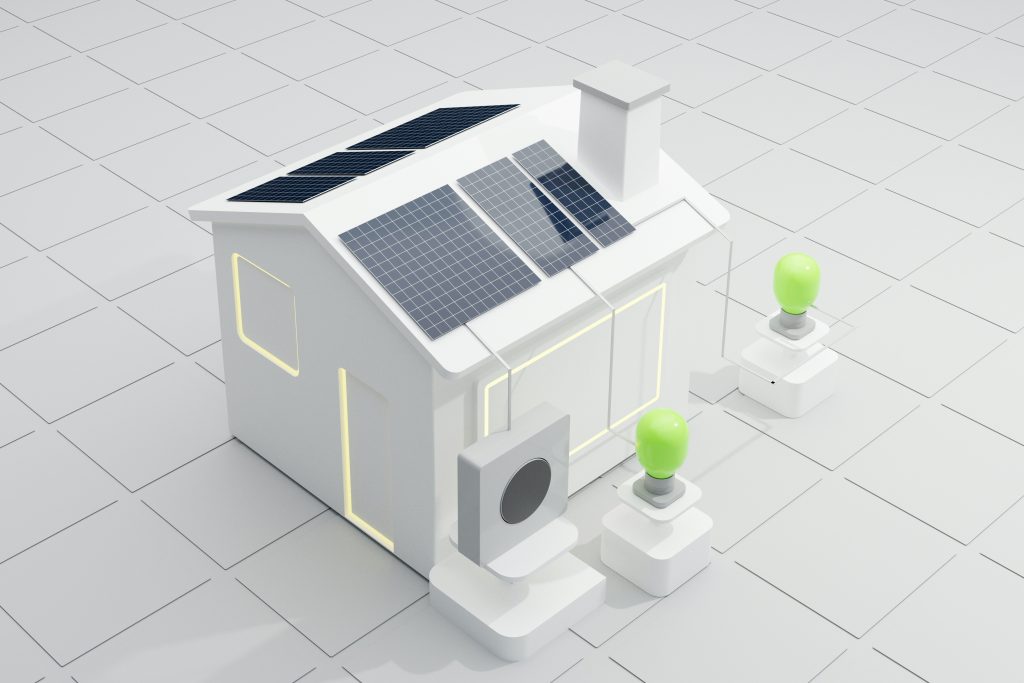The time when electricity bills make you glare a bit more, solar power charge controllers come as a relief. While solar panels often take the spotlight, the charge controllers are the silent components that keep the system running efficiently. And safely. The device ensures that the battery is charged and has regulated current and voltage coming out of a solar panel.
There is a reason why it is called the “guardian” of your solar battery bank. As it acts as a connector, the right setup is important for smooth operation. If you are considering DIY of your solar charge controller at home, this blog provides a quick guide. Keep reading line by line to learn the step-by-step process of how to do it right.
Understanding Solar Power Charge Controllers
Before you jump into installation, first try gaining some understanding about how a solar power charge controller actually functions. It sits perfectly between the battery and a solar panel, managing how energy travels between them. Today, you can find them in two main types, including Pulse Width Modulation (PWM) and Maximum Power Tracking Time (MPPT) controllers. Each comes with different technology, benefits, and prices. You will have to choose between negative or positive ground controllers, depending on the configuration of your system.
These are some key highlights of the solar power charge controller:
- It helps prevent overcharging, which may damage the batteries.
- It regulates the voltage amount to deliver consistent power.
- Stop the reverse flow of the current at night when the panel may drain stored battery power.
- Enhance overall efficiency by optimising the usage and storage capacity of the solar panel.
A Complete Process on How to Install a Solar Charge Controller
Follow these steps the install your charge controllers with ease, safety, and zero fuss:
Step 1: Right Tools and Safety Gears
Here’s what you will need for a successful process:
- Insulated screwdrivers and pliers
- Wire cutters and strippers
- Multimeter (for checking voltage)
- Appropriate gauge solar cables
- Fuses or circuit breakers for added safety.
- Insulated gloves
Step 2: Identifying the Wiring Terminals
The first thing is to check what kind of terminal your solar power charge controller has. It is important to understand them to prevent wiring errors, which could damage the components. They mostly have three sets of terminals, labeled as:
- Solar panel input (+/-)
- Battery connection (+/-)
- Load output (+/-)
Step 3: Mount the Charge Controller
The right location of installation is just as important as the right device. A good space can ensure that your solar power charge controller gives better performance and lasts longer in your solar power system. So, choose a place that is well-ventilated, dry, and shaded for installing your charge controllers. Ensure it is kept away from direct sunlight, moisture, and flammable materials. Once you have chosen the ideal space, considering all the safety factors, begin the mounting. Place it against a vertical surface like a wall or panel board, eye level, to monitor it easily. Lastly, keep in mind there is enough clearance around the controller for heat dissipation.
Step 4: Connect the Battery
Always connect the battery before the solar panel. This allows the controller to detect the system’s voltage and initialise correctly.
- Connect the positive (+) cable from the battery to the positive terminal on the controller.
- Connect the negative (-) cable next.
Once connected, the controller will usually power on automatically. Most digital controllers display system voltage or battery status immediately.
Tip: Use appropriately rated fuses between the battery and controller for protection.
Step 5: Connect the Solar Panel
Next, connect the solar panel wires to the controller’s “solar input” terminals.
- Ensure polarity is correct (positive to positive, negative to negative).
- Double-check the voltage using a multimeter before connecting.
When connected properly, the controller will start receiving power from the solar array. You can identify it as indicated by an LED or display icon.
Note: Never connect panels while they’re exposed to strong sunlight. Cover them or install during early morning or evening hours to avoid live current during wiring.
Step 6: Test the System
Once all connections are secure, check system readings on the controller’s display. Monitor:
- Battery voltage
- Solar input current
- Load output (if connected)
If everything appears normal, the system is ready to function. Allow it to run for a few hours while observing performance. If you find any abnormal readings, overheating, or error codes, address them immediately.
Conclusion
You don’t always have to give a bunch of cash to get a professional installation. That is because doing it yourself is equally rewarding! Have you been thinking that installing a solar power charge controller is technical? This guide reveals how it can be an easy and exciting process; you just need to give some careful attention and understand the details. Here, knowledge is safety, knowledge is ‘power’. Keep your solar ecosystem balanced, efficient, and get uninterrupted power for homes and businesses alike.
